Title: A Comprehensive Guide to Gold Ore Types: Price Reference and Affordable Purchasing Options Introduction: Gold, the coveted precious metal, has always been associated with wealth and luxury. As an investor or a business owner in the gold market, understanding the various types of gold ore and their corresponding prices is imperative. In this article, we will provide you with a comprehensive guide to gold ore types, including their price references, and explore affordable purchasing options. Understanding Gold Ore Types: 1. Alluvial Gold Ore: Alluvial gold ore is found in rivers, streams, or geological deposits and is often the easiest to extract. It is known for its smooth and rounded appearance due to its transportation and deposition by water. As it requires minimal processing, alluvial gold ore tends to be more affordable compared to other types. 2. Vein Gold Ore: Vein gold ore is deposited in underground fissures or cracks within rocks.
minerals
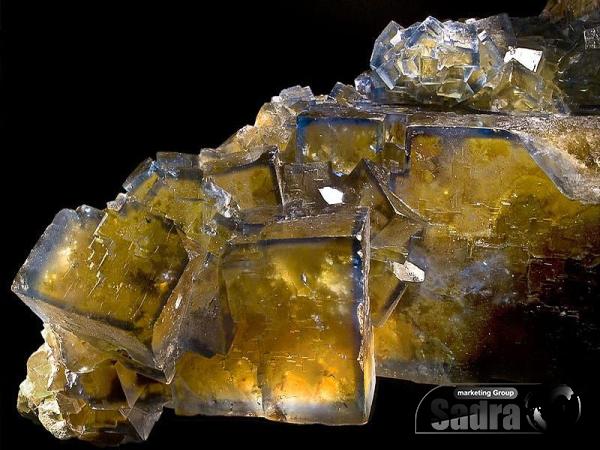 It is usually associated with quartz and sulfide minerals. The extraction of vein gold ore requires significant mining and milling processes, making it relatively more expensive than alluvial gold ore. 3. Placer Gold Ore: Placer gold ore is typically found in loose sediments such as riverbeds, beaches, or gravel deposits. It is derived from the weathering of gold-rich rocks and is often associated with other heavy minerals like magnetite and garnet. Placer gold ore can be relatively affordable, depending on the location and accessibility of the deposits. 4. Refractory Gold Ore: Refractory gold ore refers to gold-bearing ores that are resistant to standard cyanidation and require additional processing techniques for extraction. These ores often contain sulfide minerals such as pyrite or arsenopyrite.
It is usually associated with quartz and sulfide minerals. The extraction of vein gold ore requires significant mining and milling processes, making it relatively more expensive than alluvial gold ore. 3. Placer Gold Ore: Placer gold ore is typically found in loose sediments such as riverbeds, beaches, or gravel deposits. It is derived from the weathering of gold-rich rocks and is often associated with other heavy minerals like magnetite and garnet. Placer gold ore can be relatively affordable, depending on the location and accessibility of the deposits. 4. Refractory Gold Ore: Refractory gold ore refers to gold-bearing ores that are resistant to standard cyanidation and require additional processing techniques for extraction. These ores often contain sulfide minerals such as pyrite or arsenopyrite.
Specifications of minerals
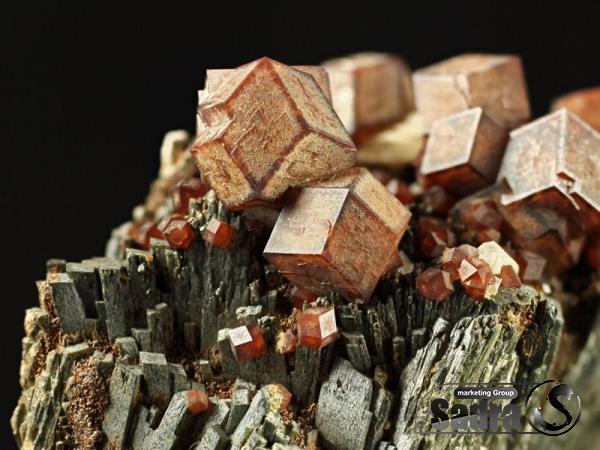 Due to the complex extraction process involved, refractory gold ore tends to be more expensive compared to other types. Price Reference for Gold Ore: 1. Market Price: The market price of gold ore is influenced by various factors, including global economic conditions, geopolitical events, and supply and demand dynamics. You can refer to financial news platforms, mining industry reports, and gold market indices (such as the London Bullion Market Association – LBMA) to stay updated on the current market price for gold ore. 2. Quality Assessment: Another essential factor that affects the price of gold ore is its quality or purity. Gold ore is typically measured in terms of purity, with 24-carat gold representing 99.9% pure gold. Understanding the purity of the ore you intend to purchase is crucial in determining its value and price. Affordable Purchasing Options: 1. Small-Scale Mining: Small-scale mining operations, often run by local communities or artisanal miners, can offer competitive prices. These operations typically operate on a smaller scale, which means they may have lower overhead costs and can pass on the savings to buyers.
Due to the complex extraction process involved, refractory gold ore tends to be more expensive compared to other types. Price Reference for Gold Ore: 1. Market Price: The market price of gold ore is influenced by various factors, including global economic conditions, geopolitical events, and supply and demand dynamics. You can refer to financial news platforms, mining industry reports, and gold market indices (such as the London Bullion Market Association – LBMA) to stay updated on the current market price for gold ore. 2. Quality Assessment: Another essential factor that affects the price of gold ore is its quality or purity. Gold ore is typically measured in terms of purity, with 24-carat gold representing 99.9% pure gold. Understanding the purity of the ore you intend to purchase is crucial in determining its value and price. Affordable Purchasing Options: 1. Small-Scale Mining: Small-scale mining operations, often run by local communities or artisanal miners, can offer competitive prices. These operations typically operate on a smaller scale, which means they may have lower overhead costs and can pass on the savings to buyers.
buy minerals
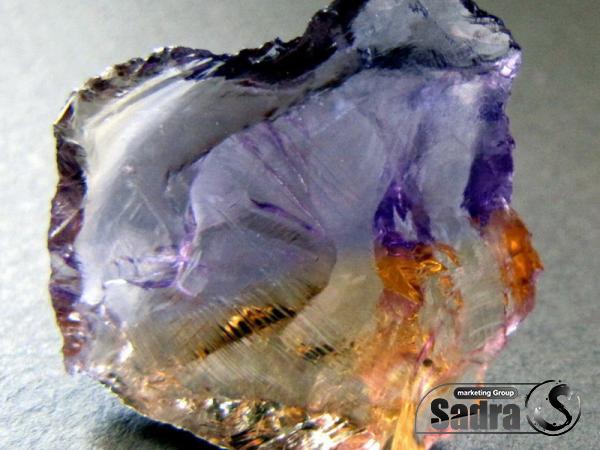 However, it is crucial to ensure that the mining practices are ethical and comply with environmental regulations. 2. Gold Auctions and Exchanges: Participating in gold auctions or exchanges can provide opportunities for buying gold ore at competitive prices. These platforms allow buyers to bid on gold ore lots or purchase gold ore directly from trusted sellers. Conduct thorough due diligence on the reputation and credibility of the auction or exchange platform before engaging in any transactions. Conclusion: Investing in gold ore can be a lucrative venture, provided one understands the various types of gold ore and their corresponding price references. By familiarizing yourself with the different types of gold ore and exploring affordable purchasing options such as small-scale mining and gold auctions, you can make informed decisions that will benefit your business or investment portfolio. Remember to always conduct due diligence and prioritize ethical and sustainable mining practices for a responsible gold acquisition strategy.
However, it is crucial to ensure that the mining practices are ethical and comply with environmental regulations. 2. Gold Auctions and Exchanges: Participating in gold auctions or exchanges can provide opportunities for buying gold ore at competitive prices. These platforms allow buyers to bid on gold ore lots or purchase gold ore directly from trusted sellers. Conduct thorough due diligence on the reputation and credibility of the auction or exchange platform before engaging in any transactions. Conclusion: Investing in gold ore can be a lucrative venture, provided one understands the various types of gold ore and their corresponding price references. By familiarizing yourself with the different types of gold ore and exploring affordable purchasing options such as small-scale mining and gold auctions, you can make informed decisions that will benefit your business or investment portfolio. Remember to always conduct due diligence and prioritize ethical and sustainable mining practices for a responsible gold acquisition strategy.
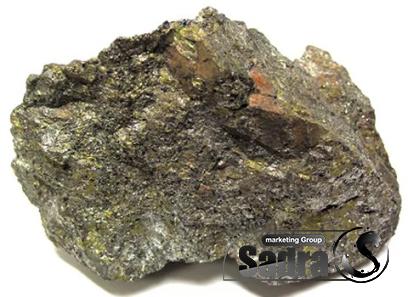
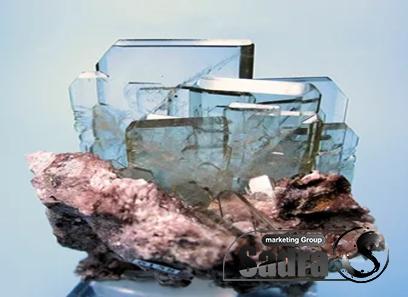
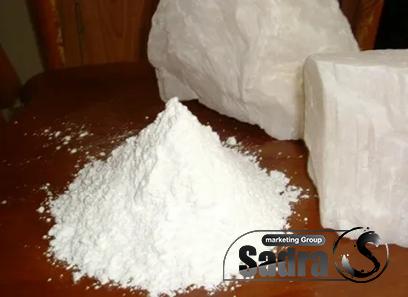
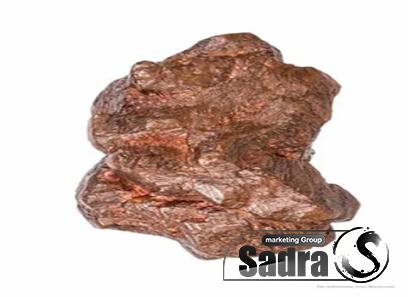
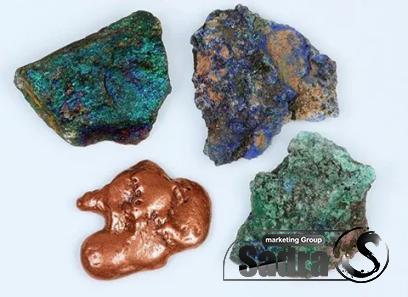

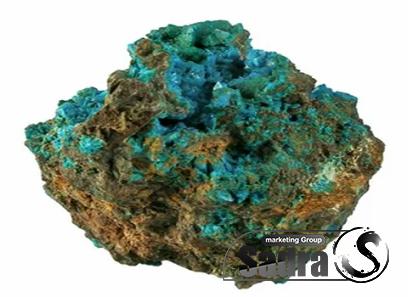
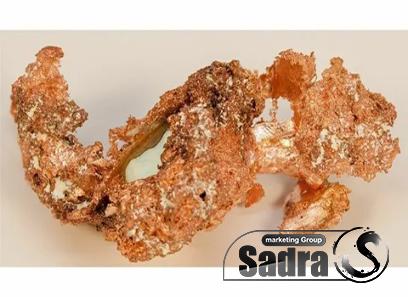
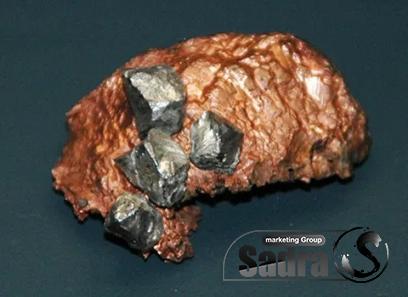
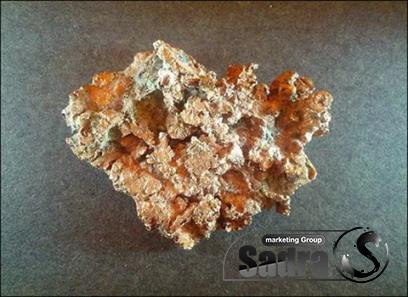
Your comment submitted.